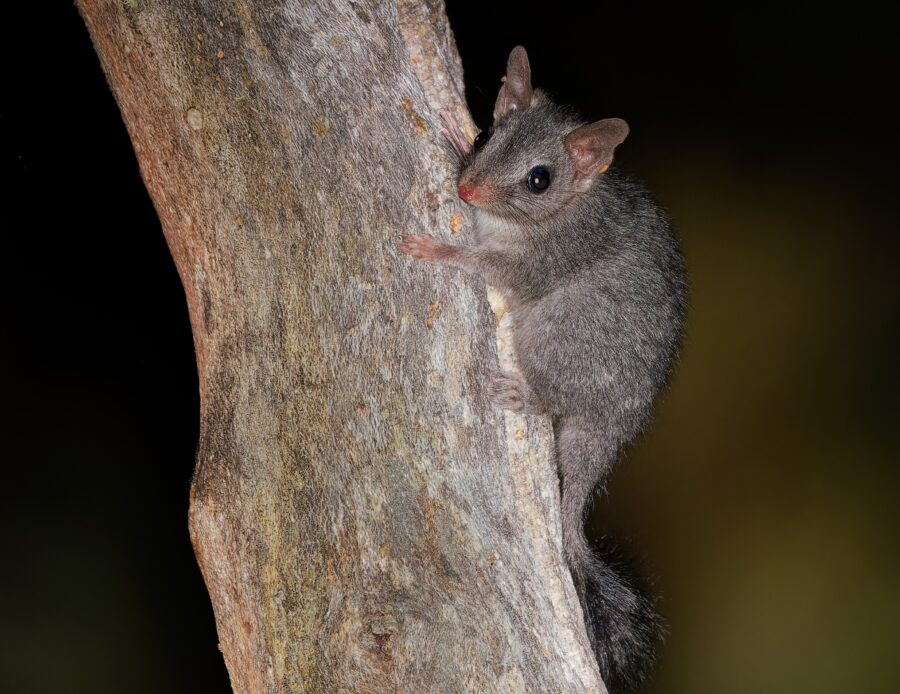
A place of refuge… nearly
Victoria’s promised new national parks in the central west are vital to safeguarding forests and the hundreds of rare and threatened wildlife that depend on them.

Victoria’s promised new national parks in the central west are vital to safeguarding forests and the hundreds of rare and threatened wildlife that depend on them.
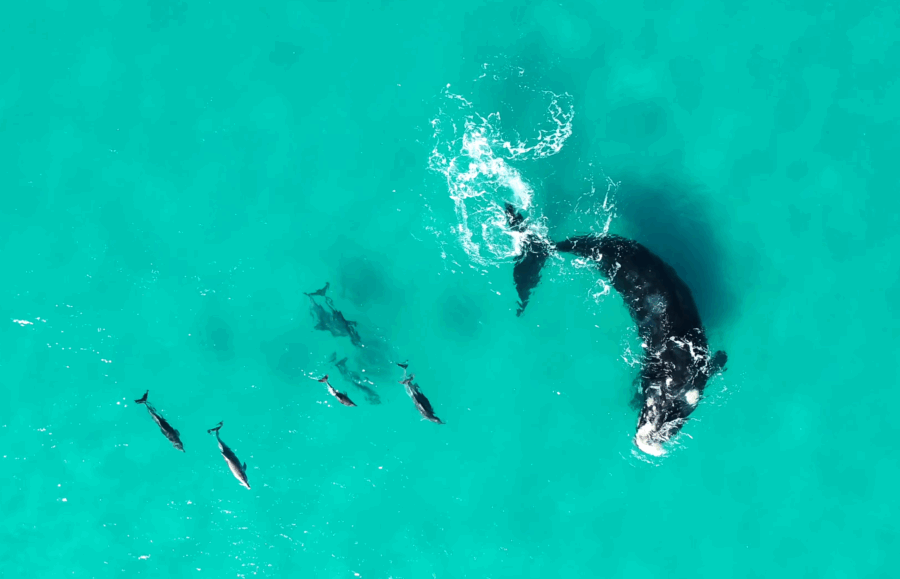
A new study has analysed hundreds of interactions between whales and dolphins to better understand a rarely studied behaviour – do they actually ‘play’ together, or is it more of a one-sided relationship?

From body rolls, to side-steps, to headbangs, Australian researchers have studied the dance repertoire of cockatoos, and investigated why they bust these moves.
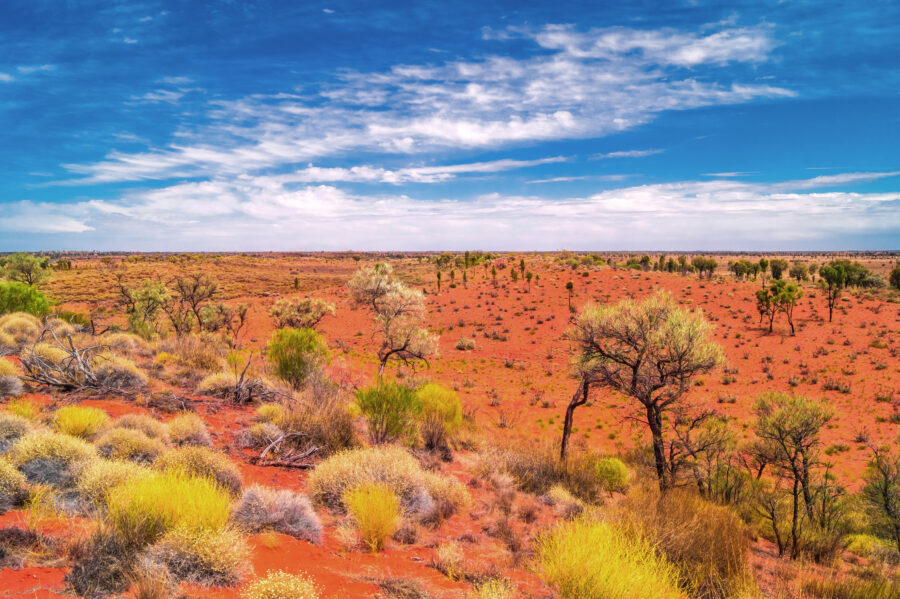
Global warming creates new ecological hotspots as predators move out and other species move in, study finds.
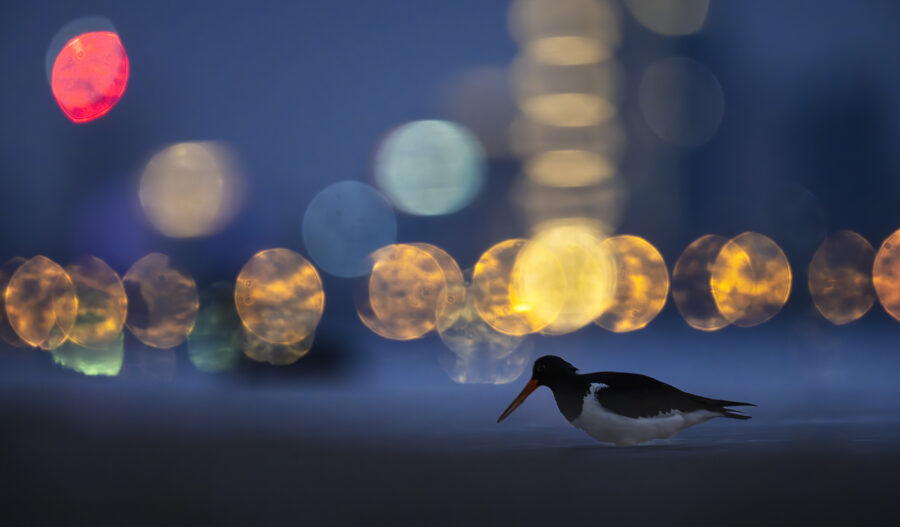
Artificial light has illuminated and reshaped our world after dark – but at what cost?

Australian researchers attached ‘backpacks’ with tiny sensors on nomadic Australian waterbirds birds to discover the extraordinary ways they migrate to find water.
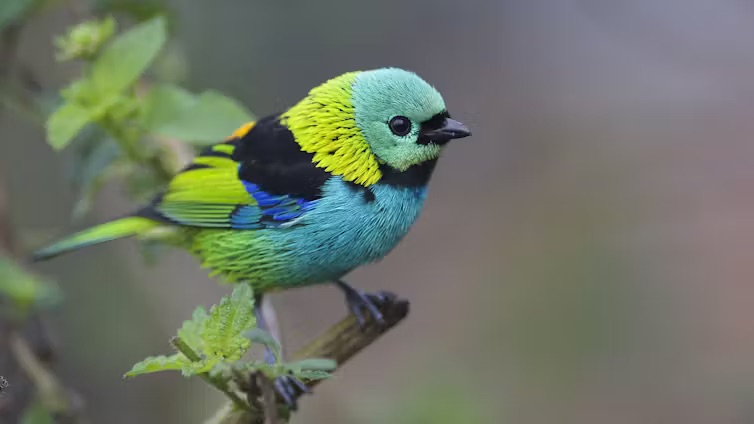
New research has revealed a surprising trick in which birds use those boring black and white feathers to make their colours even more vivid.
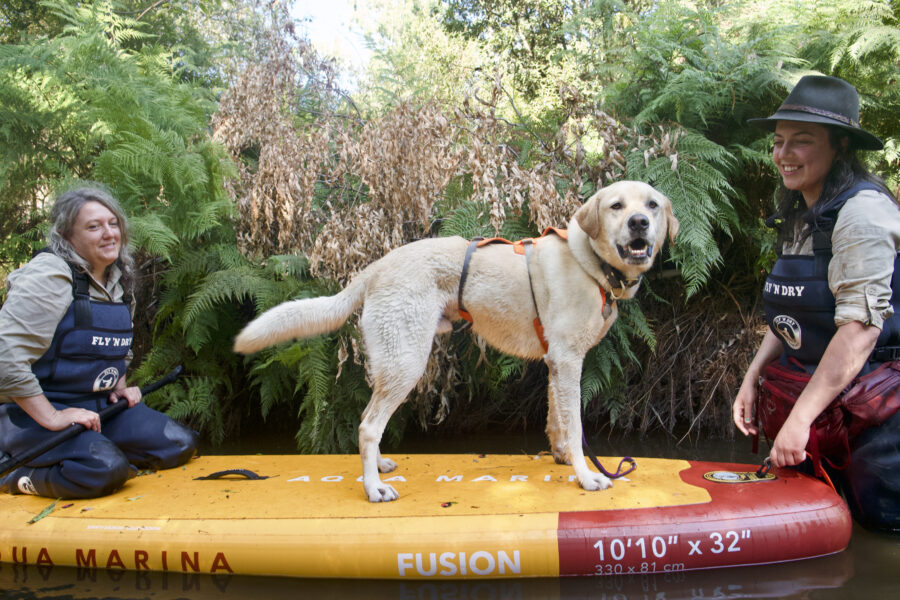
These dogs have learned new tricks to help researchers search for platypuses in hard-to-reach places.
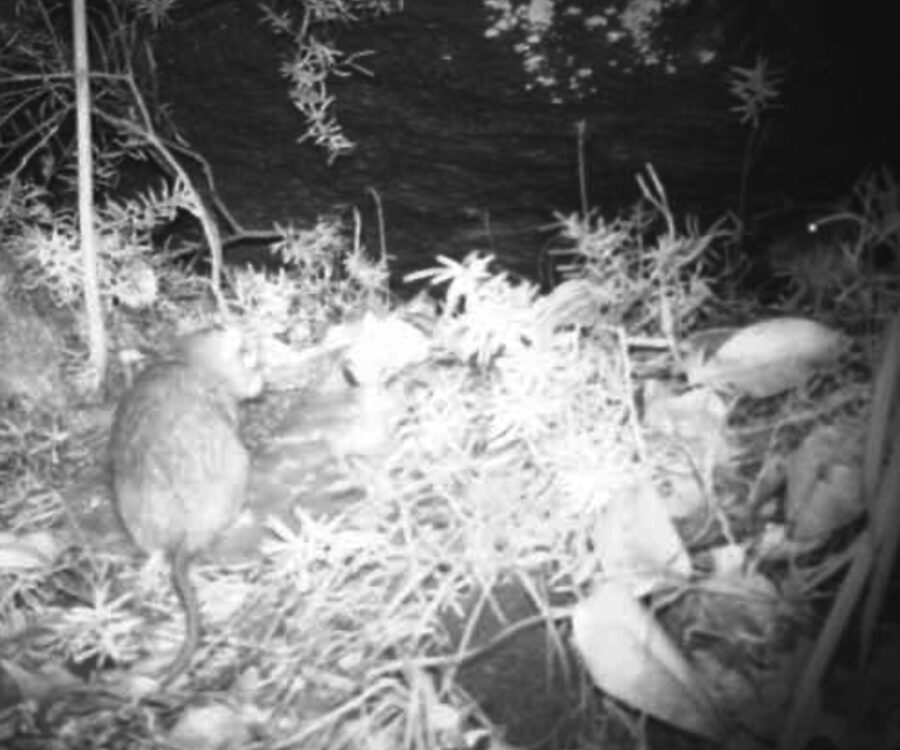
Footage has provided Sydney researchers with the first evidence of a native rakali attacking a black rat – an introduced and problematic species.

Why has an unprecedented growth of tiny toxic plants been killing marine life en masse along Australia’s southern coastline?